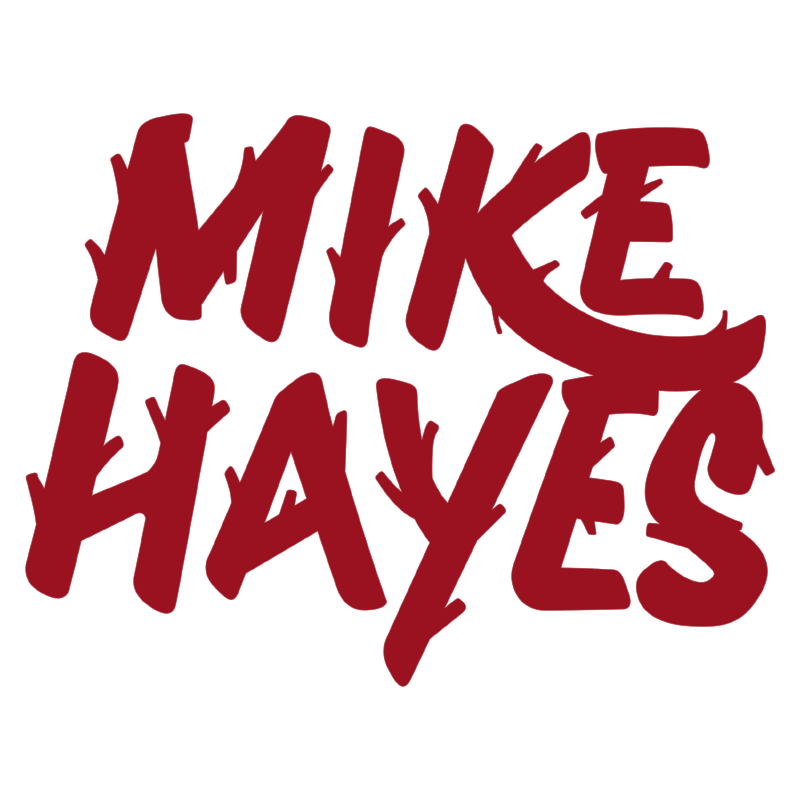A procedural guide to design research and reference
Research is an often overlooked part of the creative process. Due to its quantitative and data-driven nature, many don't think research is an integral part of the process, but it certainly is. Understanding the principles of design will certainly provide a foundation; however, applying design research is what will set you apart from your verticals, connect deeply with your target market, and help you communicate more clearly and effectively.
I. Define the research objectives:
2. Clearly define what you are designing, such as an architectural mockup, a brand identity package, or promotional piece to sell a product or service.
1. Have a decisive idea about what you are designing for—is it to connect with a demographic to sell a product? Are you trying to convince a boardroom to invest in a new development for an expanding business?
3. Identify specifics you wish to focus on, such as diving into data sets and data visualization, creating a logo that communicates in both small and large sizes, or correctly referencing a culture outside your own to do so in a respectful manner.
II. Gather preliminary information:
If the design is for commercial use, this guide works under precedent that design fundamentals and foundations are known and recognized.
1. Obtain general knowledge of the business or mechanical process behind what your client does (e.g., how the makeup packaging pipeline works or the building process of an air purifier for a home).
2. Understand the terminology and concepts of your subject; specifics or jargon often go hand in hand with in-depth knowledge on the topic, which is relevant to both the client and the intended audience. A greater understanding of these terms will augment your understanding of the subject and, therefore, your design.
III. Pinpoint reliable resources
2. Explore sources to gather references directly related to your topic. These can be Pinterest, Artstation, Designspiration, or individual content creators' websites.
1. Utilize industry-recognized publications like Communication Arts,Imagine FX, or 2dartist to access what is currently relevant on your topic both visually and as a means of production.
IV. Collect and catalog research
2. Categorize your reference; this may be by color palette, shape design, camera angle, illustration style, or any other subcategory you deem relevant.
1. Gather images for reference and aggregate them into software like Pureref or Adobe Photoshop to create an image board. Understand that different images will serve different functions, and two images may not always serve the same function.
V. Analyze and document findings
1. Note the elements that are congruous between your references; the similarities between them are most likely what make them relevant to your intended industry or market.
2. Compare different sources; this is especially helpful for market competitors as their goals are aligned and competing; recognize if you can which of these sources has been more successful through its use (e.g., two similar marketing campaigns; one of them went viral, the other did not).
3. Record how your research will be relevant to the topic at hand. Creating a mind map, flow chart, or diagram will be helpful in visually separating the topics and data by what is relevant and successful, what is relevant but not as successful, and what is not relevant.
On the surface, the design process may seem mercurial and mysterious. This is not always the case, but if followed correctly, this procedural guide will aid in successfully designing toward an intended market, client, or goal.

